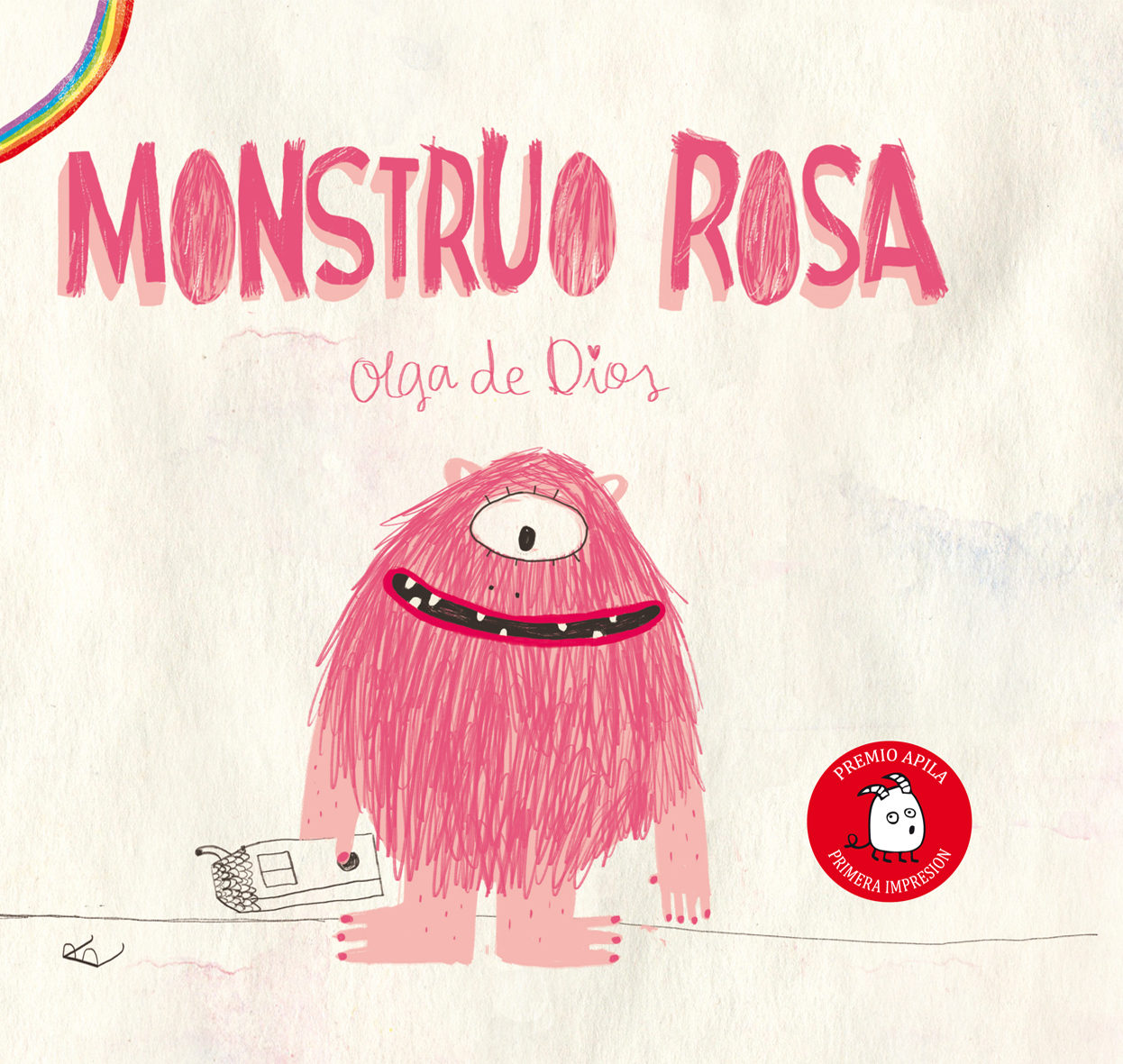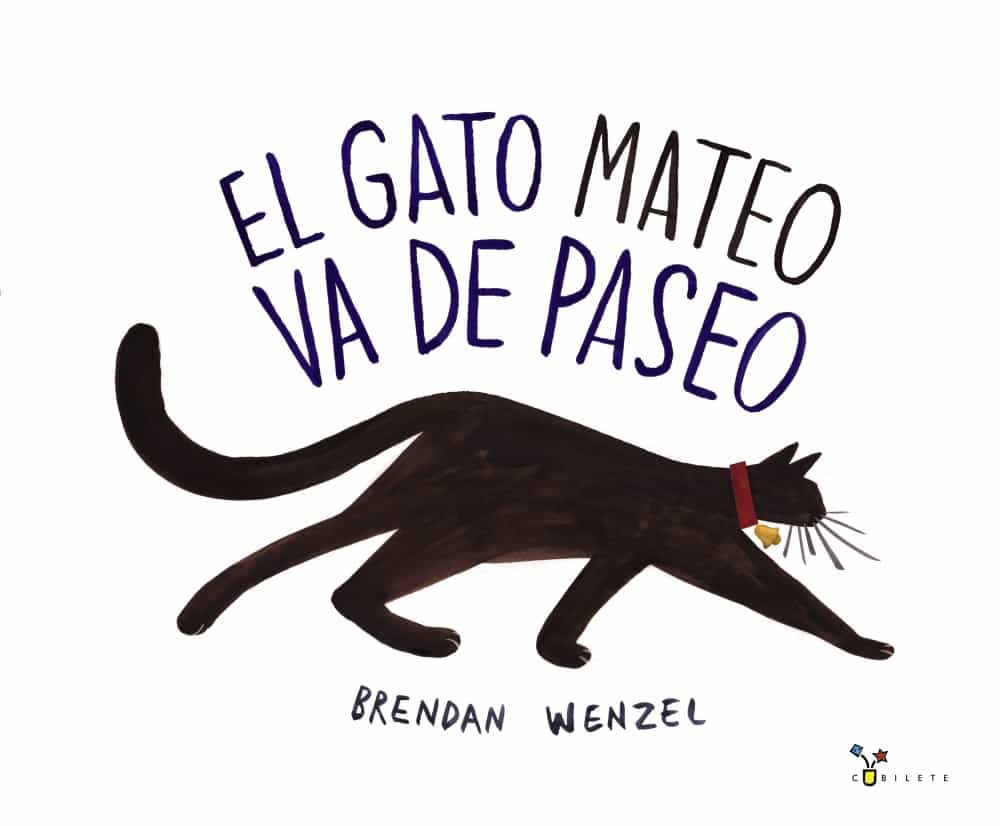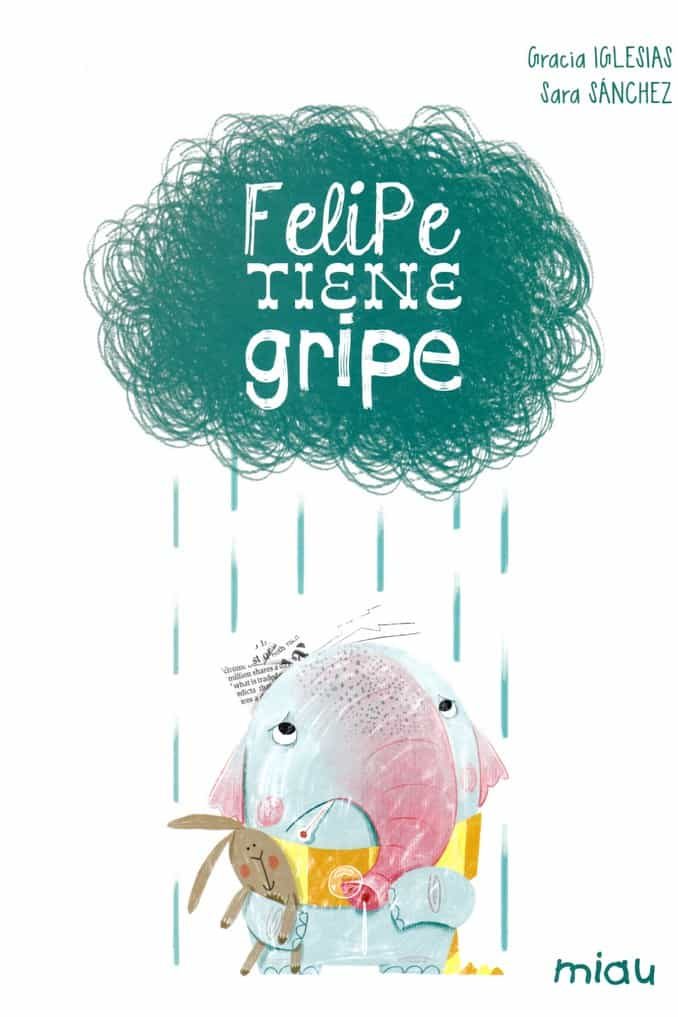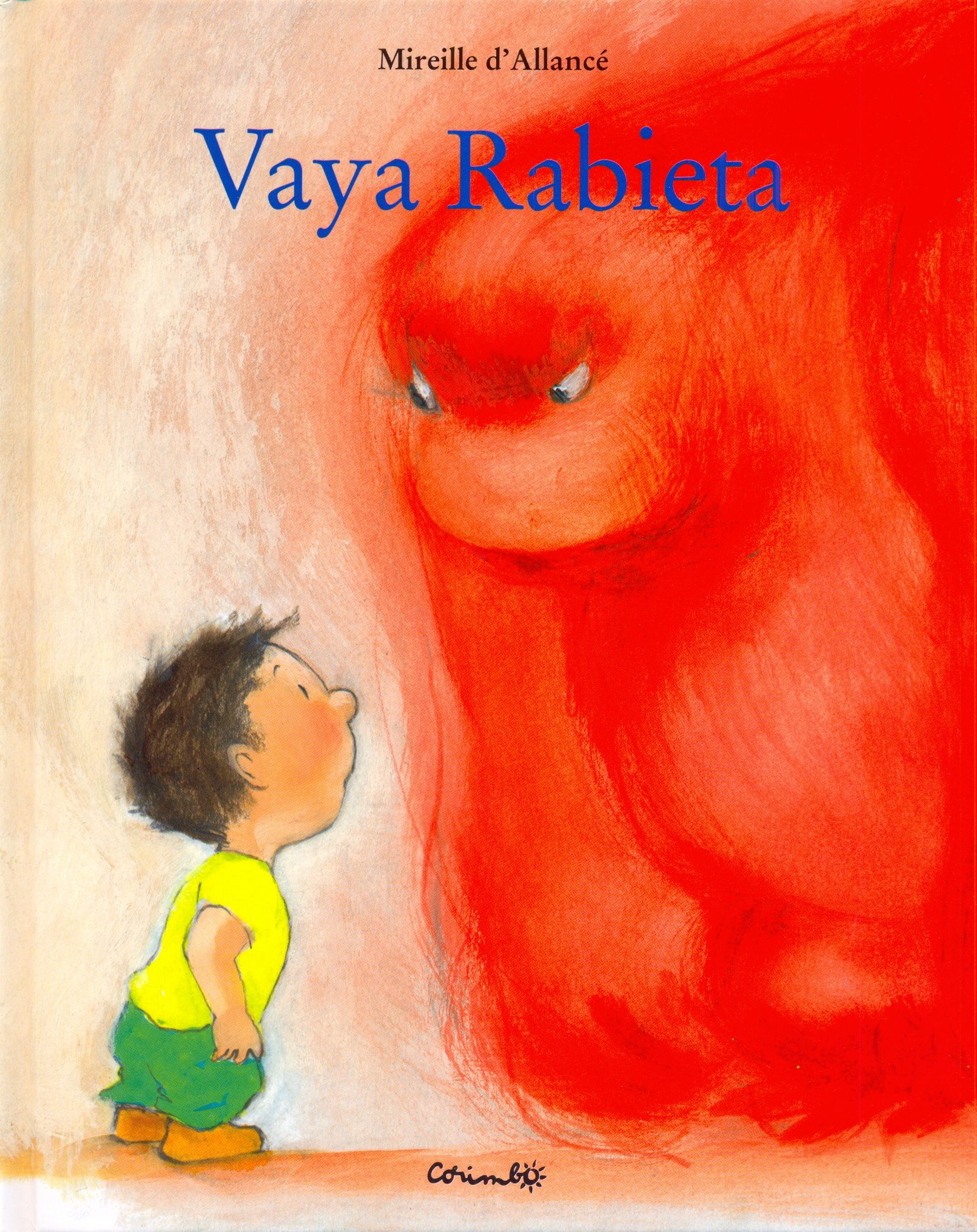Buenos días a todos:
Perdón por el parón y por el continuo cambio de idioma en mi blog. Pero, como ya os comenté, estoy en mi último año de carrera y, tras terminar mi último curso en inglés, me encuetro de prácticas y con el TFG. En resumen, que no tengo mucho tiempo para poder escribir.
Sin embargo, ayer hice una visita a una de las librerías más populares y de referencia para cualquier maestro de Educación Infantil, y he querido compartir lo que allí aprendí con vosotros. Se trata de El Dragón Lector.
Yo concretamente fui a la que se encuentra en la Calle Sagunto 20 (Madrdid) puesto que cuenta también con un taller de lectura, lo que se ajustaba más a lo que yo buscaba para mi TFG, pero también existe otra situada en la Calle de Fernández de la Hoz 72, Madrid.
Se trata de librerías Infantiles especialistas en literatura infantil y juvenil, también en lengua inglesa, que buscan promover la lectura entre niños y jóvenes. Para lograrlo, además de su amplia y exquisita seleccion de fondos para todas las edades y gustos, realizan diferentes talleres y actividades que ayudan a lograrlo (cuentacuentos, juegos, canciones, poesías...)
Por otra parte, lo que a mí me llamó la atención es la organización y ambientación de esta librería. Se trata de un espacio perfectamente organizado (por edades, temas, idiomas) en el que cualquier adulto es capaz de encontrar lo que esta buscando sin apenas ayuda. A su vez, los niños disponen de taburetes para coger libros y mesas para poder disfrutar un rato de ellos. Con esto, lo que se logra es crear este ambiente cálido, mágico y agradable en el que los niños pueden tocar los libros y aprender a disfrutarlos y a quererlos. La única norma es: no ponerlos en el suelo.
Os dejo algunas fotos de El Dragón Lector de la Calle Sagunto para que os podáis hacer una idea de lo que estoy hablando.
¿Impresionante verdad? Una inmensa variedad de fondos editoriales seleccionados.
Pues bien, yo acudí precisamente por esto. Buscaba consejo para seleccionar fondos para la creación de mi biblioteca de aula infantil para el TFG, concretamente para niños de 3-4 años. Cada vez que preguntaba a alguno de mis profesores me enviaban a esta libreria por lo que, aprovechando el puente, fui para ver si era cierto lo que me contaban y ver si podían ayudarme. Allí acudí con una lista de tres páginas de fondos que previamente yo había seleccionado a base de buscar y ver vídeocuentos.
Nada más entrar, la librera me dió las buenas tardes y muy amablemente me preguntó si necesitaba ayuda. La verdad que de primeras intenté buscar por mí misma, pero era tal la variedad de libros que mis ojos terminaron yéndose a aquellos que yo previamente había seleccionado y me habían gustado. Como me di cuenta de que esto no era nada objetivo, decidí contarle a la librera mi "problema" para que me guiase y me recomendase los que ella mjisma escogería. Lo que sí que le pedí es que tratasen de temas diversos entre sí.
Ya me habían advertido de lo cercanas y amables que eran, pero no me había imaginado que tanto. Nada mas decirle lo que buscaba me ofreció una lista de fondos de infantil que ella misma había elaborado para colegios. Pero no se limitó a eso. Comenzó a mostrarme, recomendarme y hasta contarme cuentos con que, bajo su punto de vista y experiencia, eran los mejores para lo que yo estaba buscando.
Tras casi una hora en esta librería, salí muy feliz con mi lista de fondos ampliada y mejorada. Estos son los libros que ella me recomendó para las edades que yo estaba buscando. Me parece interesante compartirlos con vosotros puesto que son libros que, a diferencia de otros como pueden ser El Monstruo de colores o A qué sabe la Luna, que los padres conocen y compran a sus hijos para tenerlos en casa, estos son menos conocidos y abarcan temas imprescindibles para infantil. Por esta razón es tan importante contar con ellos en mi biblioteca de aula.
- Monstruo Rosa:
Monstruo rosa es distinto a los demás, viven en un mundo en el que todo es de color blanco y negro y en el que todos se parecen entre sí, pero nadie se parece a él, él es diferente a todos. Lejos de entristecerse, monstruo rosa siempre tiene una sonrisa en la cara y lejos de resignarse a vivir en un mundo al cual siente que no pertenece, decide emprender un viaje en busca de la felicidad.
Descubre un sitio donde no todo es del mismo color sino que existe el arcoiris y conviven seres muy diferentes entre sí, muy felices y en buena sintonía.
- El gato Mateo va de Paseo:
Descubre las distintas emociones y sentimientos que provoca el gato Mateo cuando va de paseo «El gato Mateo se limpia los bigotes, las orejas, las patitas… y sale de
paseo. ¡Por ahí viene! ¡Tilín, tilín! ¿Oyes su campanita?».
Se trata de la historia de un gato que, al salir a pasear, nos lleva a reflexionar sobre las distintas percepciones que tienen diferentes animales sobre Mateo. El perro le ve como algo birrioso, la mofeta en blanco y negro, la pulga como una bola de pelo... Cada uno tiene un punto de vista que se ve perfectamente reflejado en las cálidas y sencillas ilustraciones.
- Por cuatro esquinitas de nada
Cuadradito
quiere jugar en casa de sus amigos Redonditos, pero no pasa por la puerta
porque… ¡La puerta es redonda como sus amigos! «¡Tendremos
que recortarte las esquinas!», le dicen los redonditos. «¡Oh,
no! –dice Cuadradito– ¡Me dolería mucho!»
¿Qué podemos hacer? Cuadradito es diferente. Nunca será
redondo.
- Pequeño azul y pequeño amarillo
Pequeño Azul y Pequeño Amarillo son dos circulos muy amigos. Un día la mamá de
pequeño azul tiene que salir de casa y le dice a su hijo que se quede
esperando, sin salir. Pero Pequeño Azul sale a buscar a Pequeño Amarillo. Les hace tanta ilusión el encuentro que, al darse un fuerte abraz, se TRANSFORMAN.
- Una casa a la medida
- Felipe tiene gripe
- Grisela
Grisela es una pequeña ratona que se siente tan triste como el gris de su piel.
Para remediarlo, decide pintarse de un color alegre, esperando que con
ello cambie su estado de ánimo. Prueba con diferentes colores pero siempre consigie el mismo resultado: otros animales se ríen al verla. Esta tán triste que decide pintarse flores por todo el
cuerpo, pero un enjambre de abejas la persigue y le obliga a
zambullirse en el agua para esquivarlas. Cuando sale, vuelve a
ser gris. Sin embargo, un último
encuentro le hará dejar de lado su tristeza para siempre.
- Un bicho extraño
Al empezar la historia pidemos ver algo parecido a un huevo: gordo por
arriba y por abajo flaco. Pero, conforme leemos sus páginas, en un
sentido diferente al habitual, nos damos cuenta de que ese huevo es
en realidad algo muy diferente... ¿Queréis una pista ? Tiene orejas, un
bigote con seis pelos y un rabo largo y delgado.

- Corre corre calabaza
Corre corre, calabaza cuenta la historia de
una viejecita que, de camino a la boda de su nieta, encuentra a un lobo,
un oso y a un león que quieren comérsela. Ella convence a los animales
para que la esperen a su regreso del convite y, después de la
celebración, la nieta y la viejecita traman un plan muy original para
burlar a las tres fieras.
- Pete el gato
Pete se compra unos zapatos blancos que le encantan, pero a medida que
pasea tropieza con dificultades que van tiñendo de uno y de otro color
sus zapatos blancos. ¿Llora Pete? ¡No! Afronta los cambios y sigue
cantando su canción (en inglés).
- Vamos a cazar un oso
Un padre y sus hijos salen a cazar un oso. Para
conseguirlo tendrán que superar muchos obstáculos. ¡Ninguno tiene miedo! Hasta que se asoman a una cueva estrecha y tenebrosa. Ahora, “¿quién le tiene miedo al oso?”
Se trata de una aventura narrada
bajo un esquema repetitivo, con un juego sonoro de onomatopeyas y
preguntas desafiantes que contribuyen a involucrar al lector en la aventura de la familia.
- Cocorico
Cocorico es un pollito que vive feliz con su madre. Un día, Mamá Gallina
va a hacer un bizcocho y el pollito, para ayudar a prepararlo, sale a
buscar leña. Cuando está en plena faena, aparece un gato enorme y
malvado que se lo quiere comer; pero Cocorico consigue salvar la vida
prometiéndole la mitad del bizcocho. Pasado el peligro, el glotón de
Cocorico olvida el trato.
- Vaya rabieta
- El astronauta
Sentía fascinación por las estrellas desde que tuvo uso de razón. Su pasión le hará emprender un viaje increíble lleno de sorpresas y descubrimientos, también sobre sí mismo. Esta obra con pictogramas, está destinado a niños con necesidades educativas especiales, principalmente a jóvenes con Trastorno del Espectro Autista.
Espero que os hayan gustado y que haya ampliado vuestro propio fondo. Aún así, si alguno de vosotros está pensando en comprar libros infantiles, no lo dudeís, id a una de estas librerías con vuestros hijos y dejad que disfruten, que toquen y que, con ayuda de las simpaticas y cercanas libreras, salgáis con el mejor libro para vosotros.
¡Hasta pronto!




















